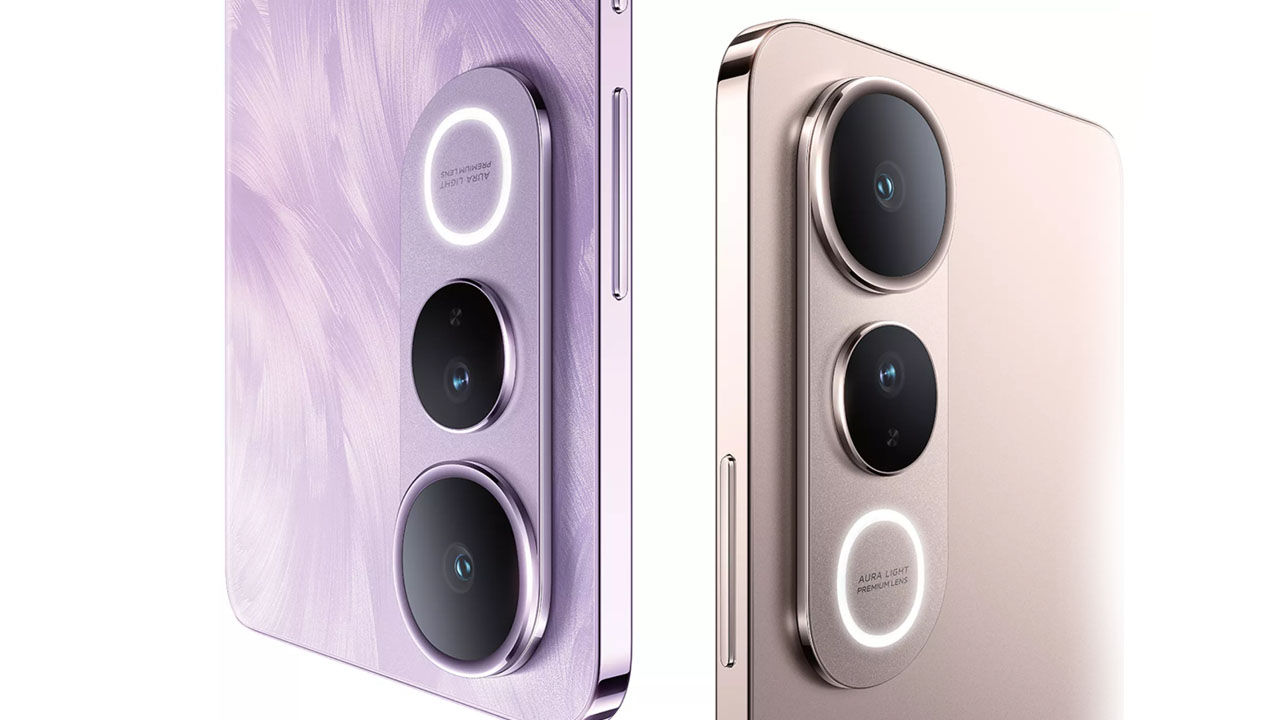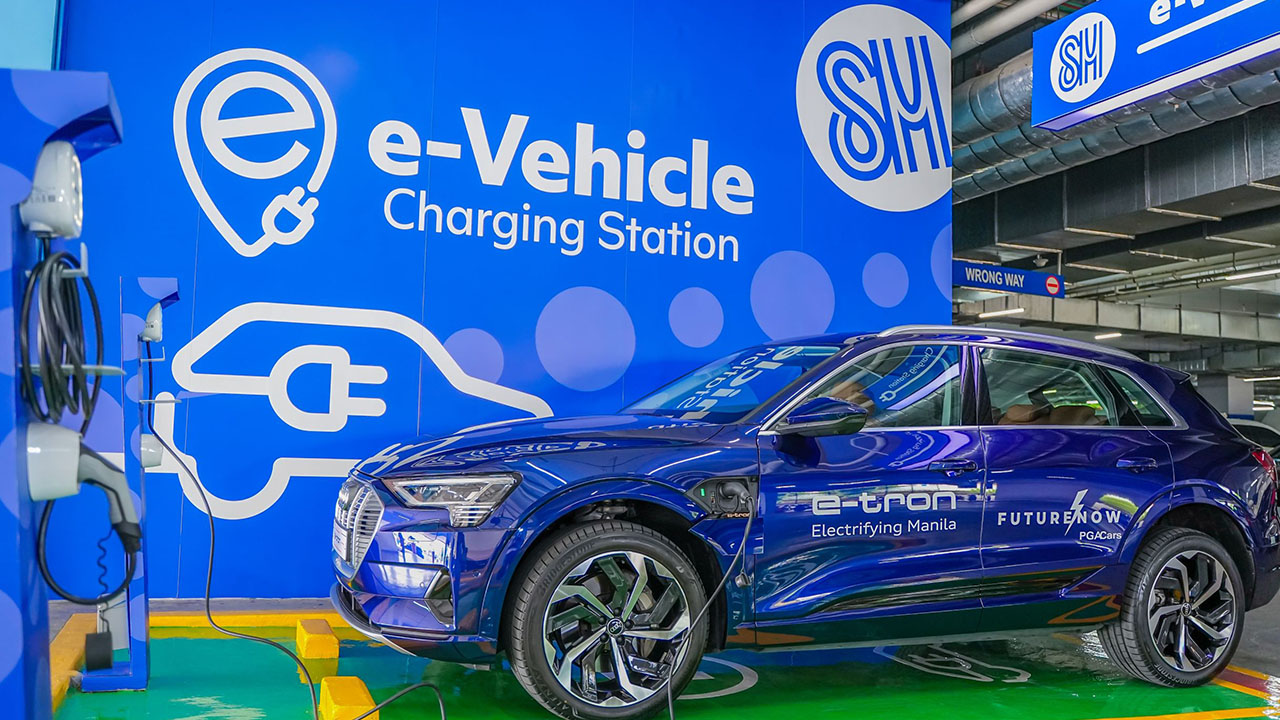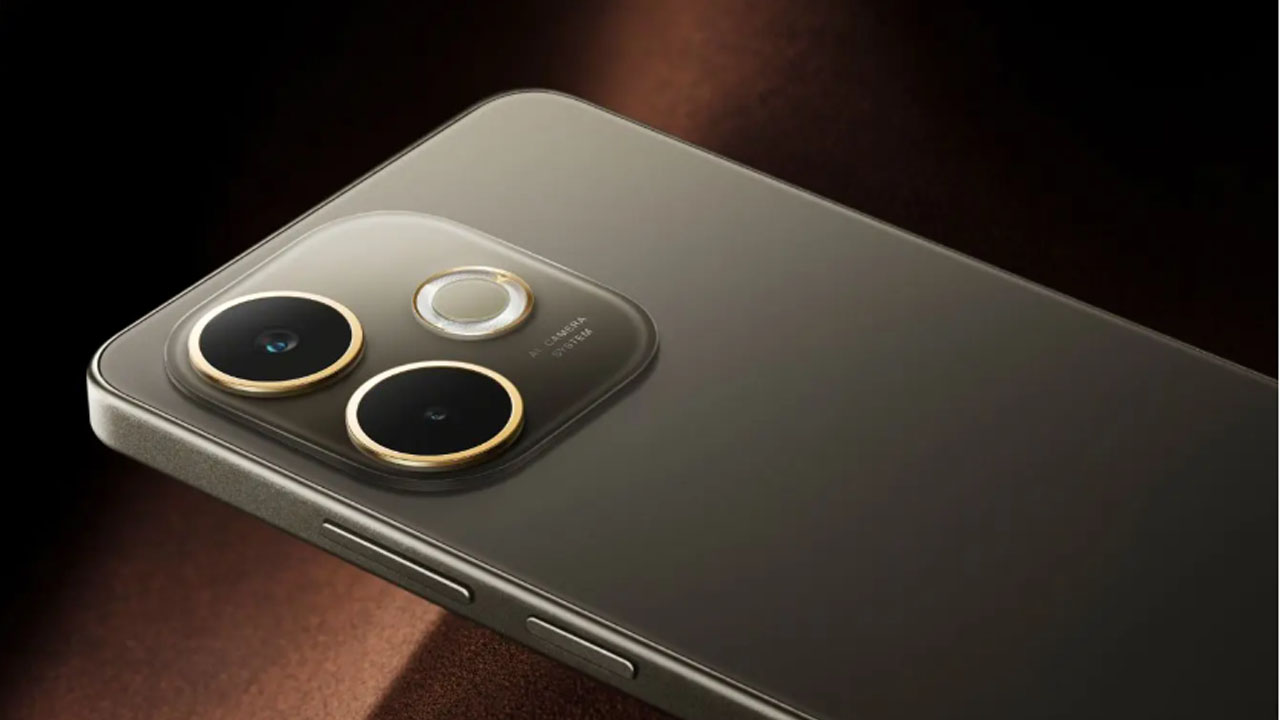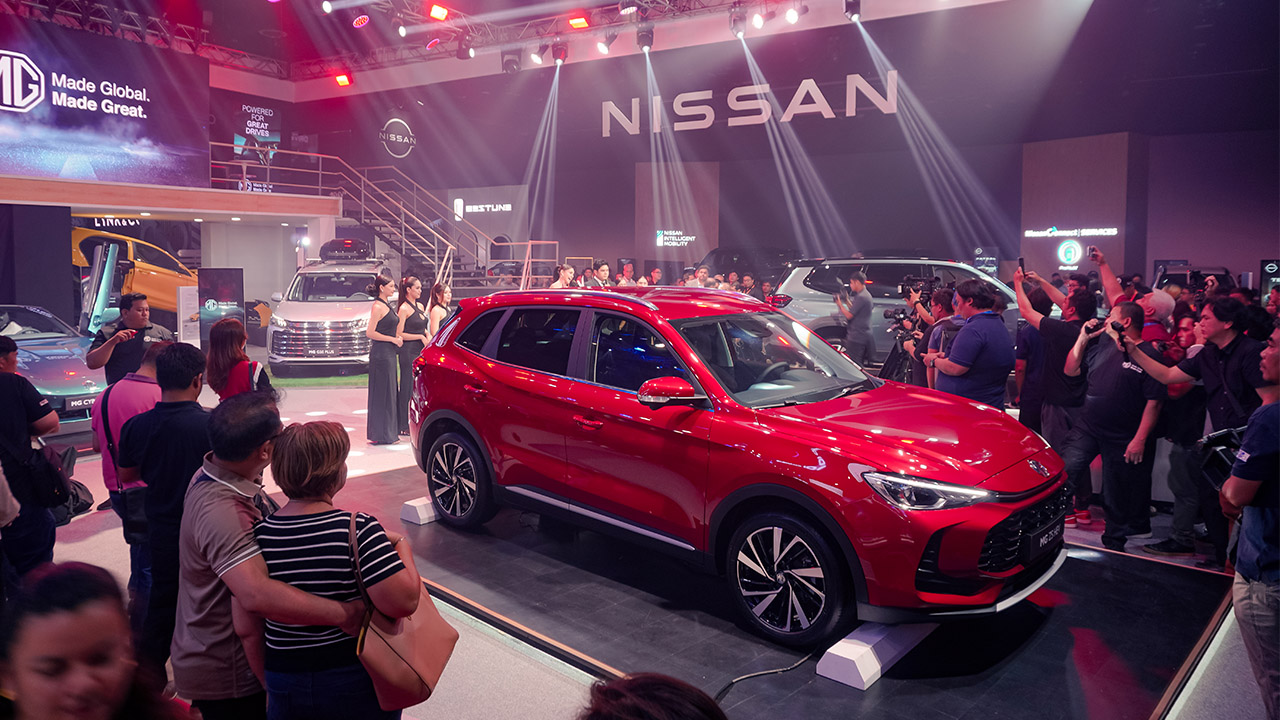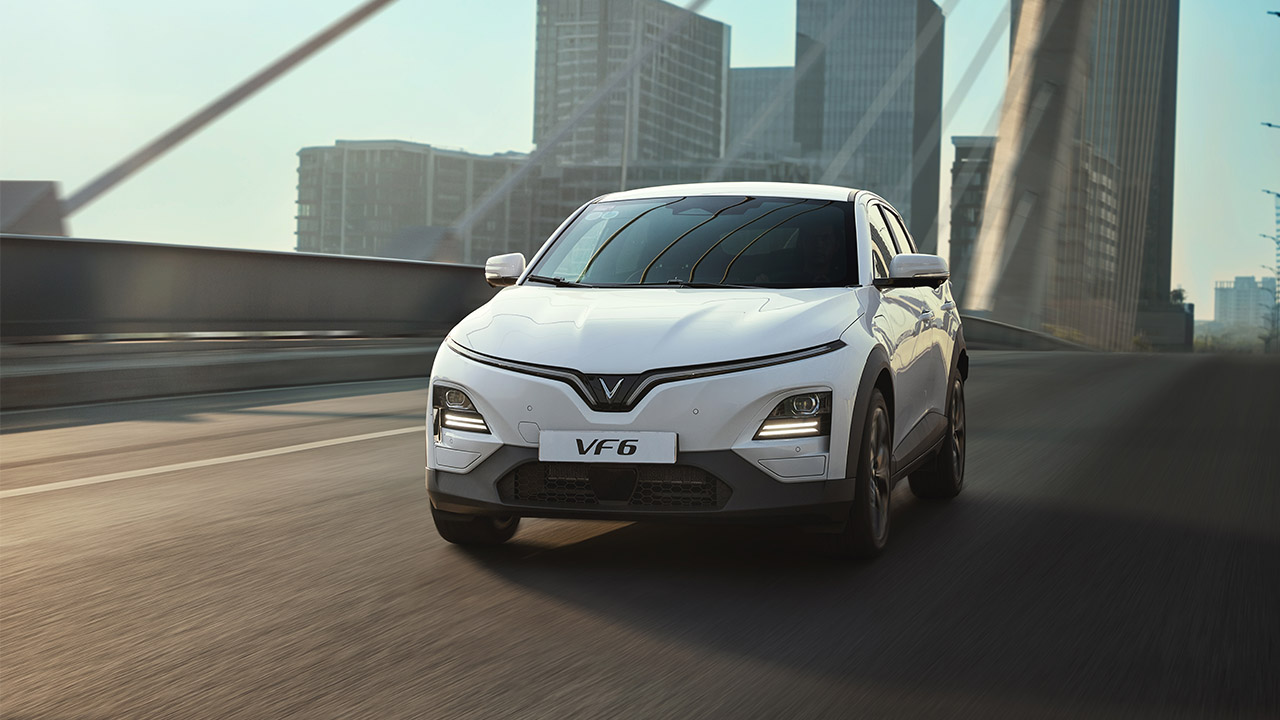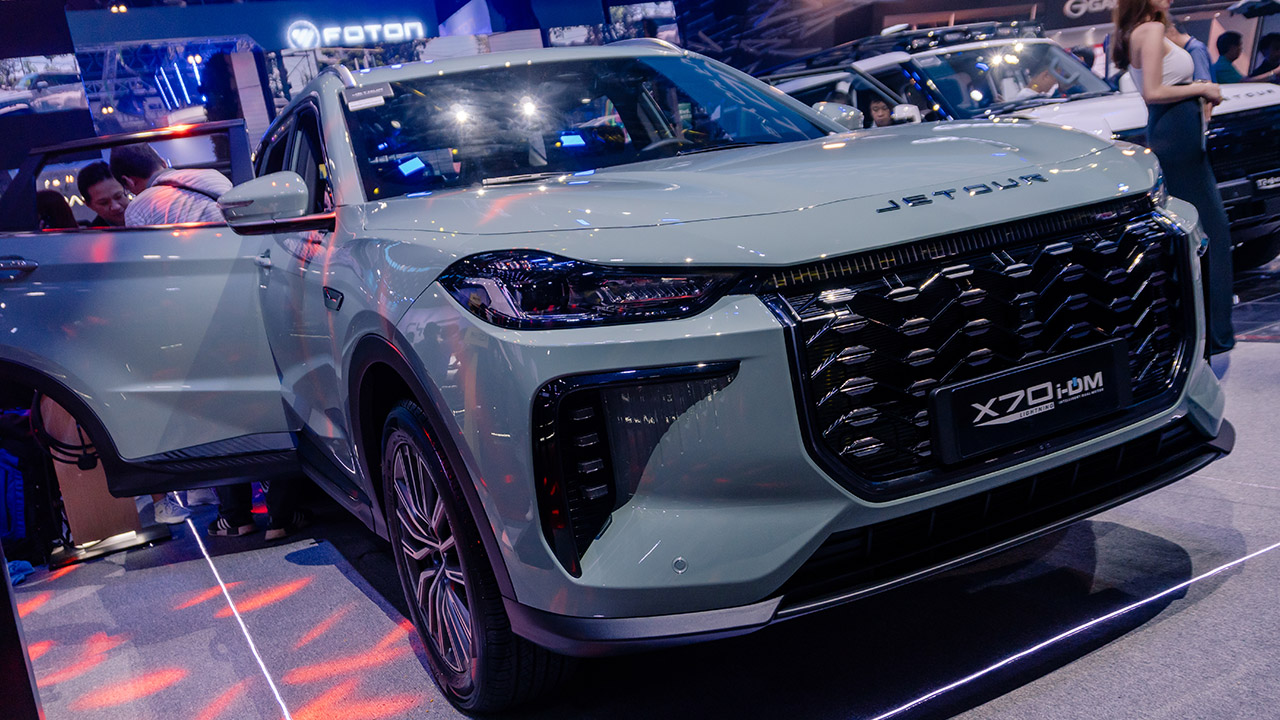I found that this device, in my life as a content creator, is not just a gaming console but also something I could use for video/photo editing, daily productivity tasks, and more. Let me share my experience.
Specs rundown
Let’s start by getting to know the device. The Lenovo Legion Go is powered by the AMD Ryzen Z1 Extreme processor, complemented by 16GB of LPDDR5x-7500 RAM and up to 1TB of PCIe 4.0 NVMe M.2 SSD for storage.
It features an 8.8-inch IPS LCD touchscreen display that supports a 144Hz refresh rate and is protected by Corning Gorilla Glass 5.
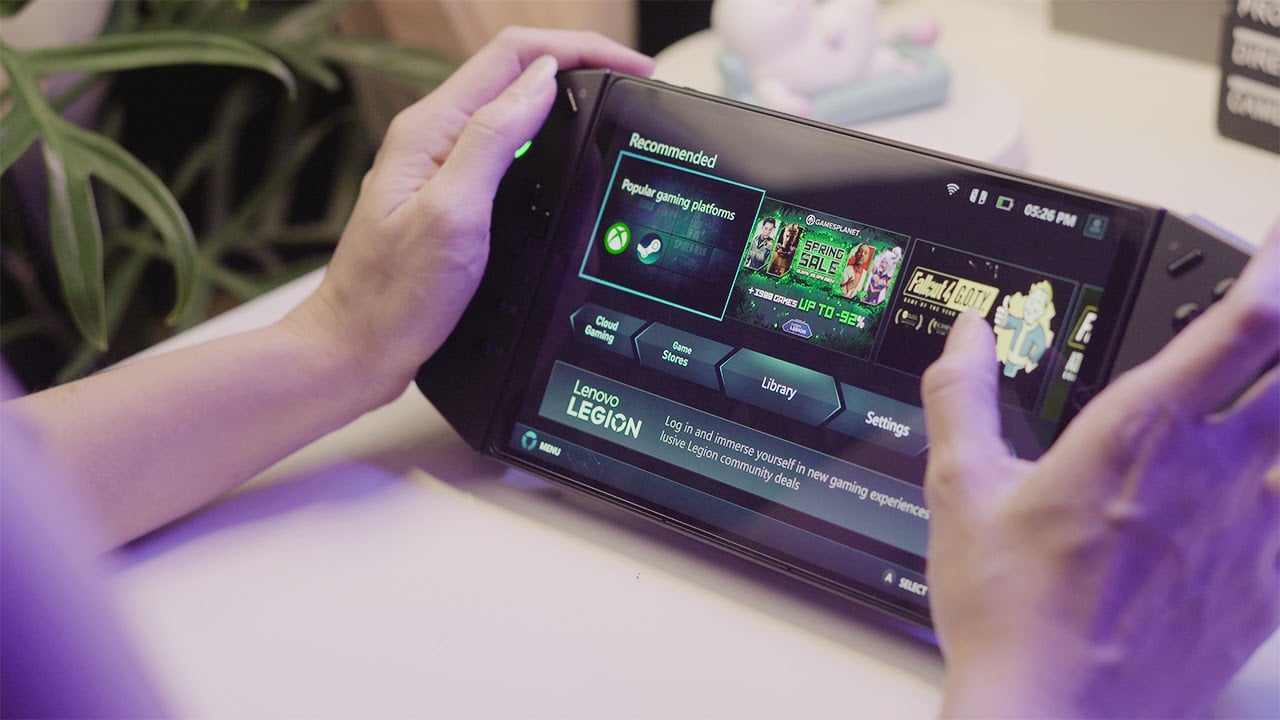
The most identifiable feature of the Lenovo Legion Go, apart from its large display, is its detachable controllers.
READ: Lenovo Legion Go essential accessories you should get first
These can be set up in different ways depending on what you’re doing or playing. Running on a full version of Windows 11, the Legion Go allows you to install and run traditional PC applications, including editing apps, thanks to its Legion Space — a hub that houses your games, settings, and more. Additionally, you have the option to upgrade the SSD and RAM, and there’s a micro-SD slot for storage expansion.
We have a more in-depth guide to initial setup and device walkthrough where we detail the ways you can use the controllers, how to set it up, and more.
The setup
One of the things that I really love about the Lenovo Legion Go is its flexibility. With its large kickstand and detachable controllers, you can personalize your setup in more ways than one.
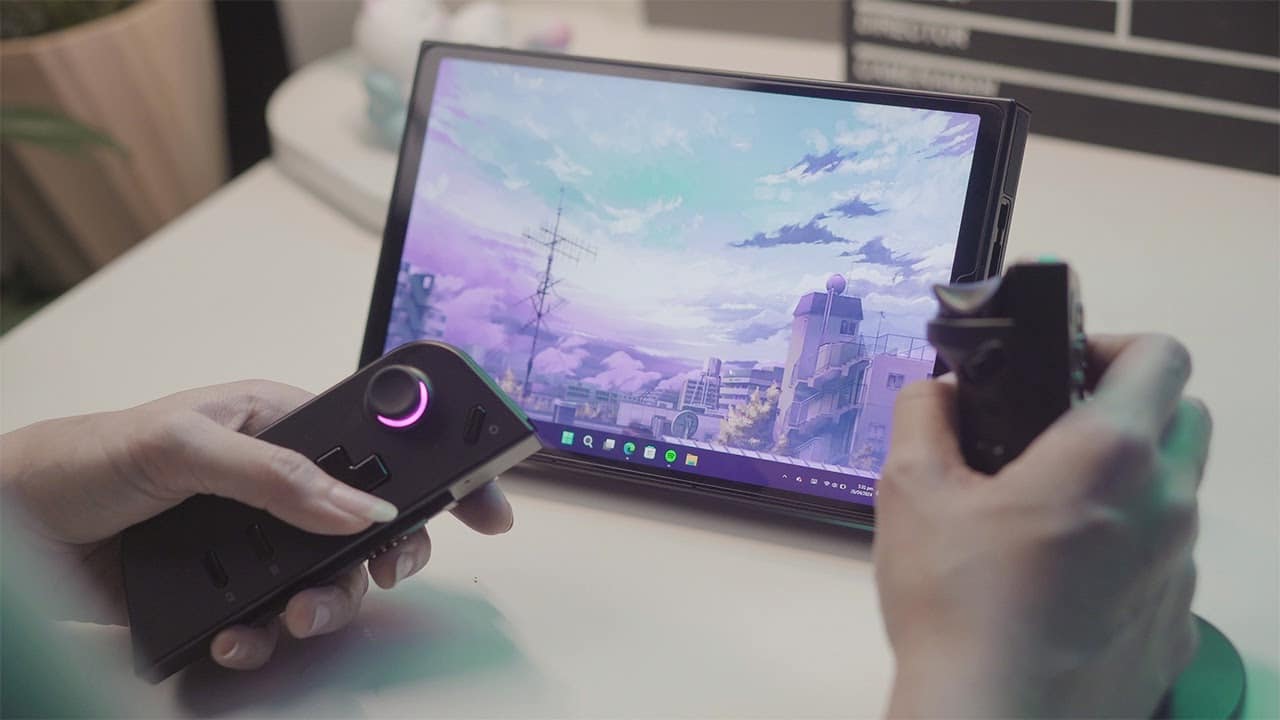
While the Legion Go is primarily a gaming device, it’s also great for productivity. My usual “work” setup utilizes the device’s FPS Mode with a small modification. I use the right controller as a vertical mouse and pair it with a Bluetooth keyboard instead of using the left controller. In a pinch, you can use just the controllers, mapping the buttons to the functions you use most.
Another reason why this is great for work? More ports than its competitors.
The editing experience
Given its powerful internals, I expected the Lenovo Legion Go to handle 4K footage editing and RAW photo editing with ease—and it did.
Editing a short 60-second video using 4K 10-bit footage was smooth and hiccup-free. I could scrub through footage quite smoothly, and light effects rendered quickly. Color grading flat footage, which is pretty resource-heavy, wasn’t hard to do either. A little choppy but very much bearable.
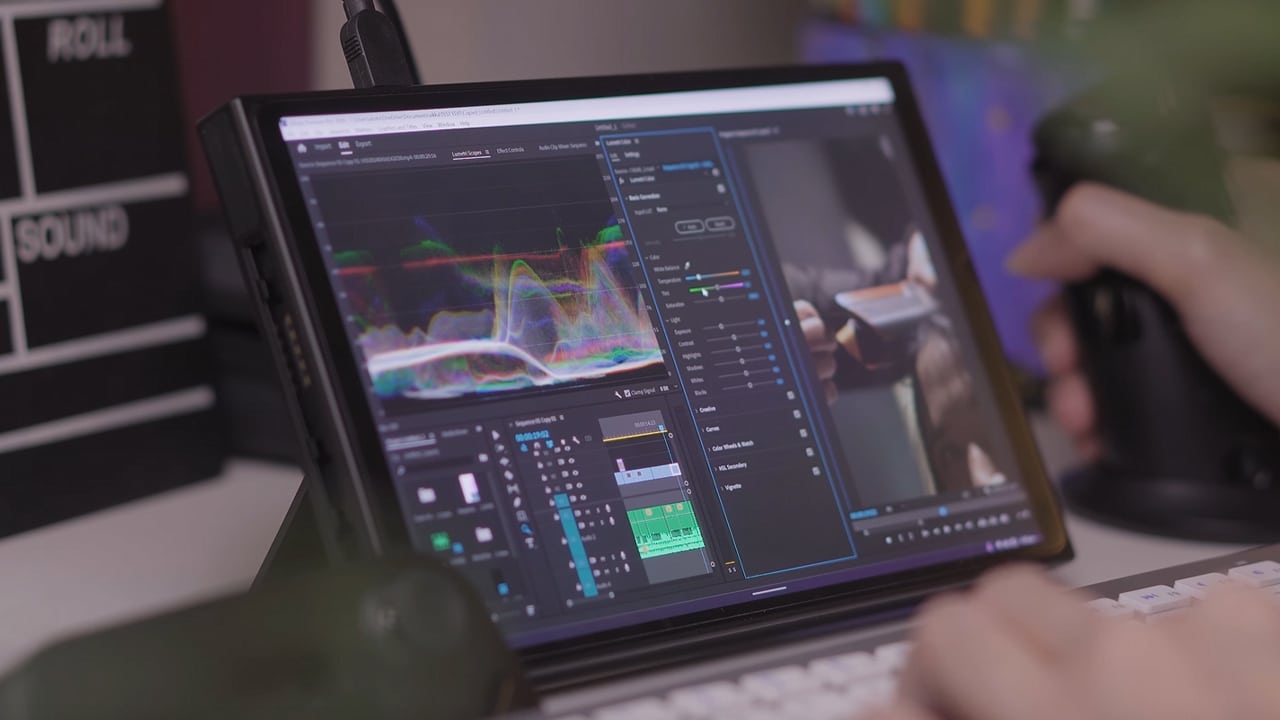
And during extended hours of work, the device also showed consistently smooth performance. Granted I was plugged in the whole time, as one should when working, but it was definitely something I could use to work on projects.
Apart from being powerful enough for minor video edits, the Lenovo Legion Go’s larger display also makes it perfect for media work. If you set up your workspace just right, it doesn’t feel too cramped, and editing videos can be comfortable. The high-quality images from its color-accurate display mean I don’t have to second guess when color grading and I can easily fix tiny details with ease.
Despite it being just an IPS display, you’re getting vibrant and rich colors with no shortage of sharpness.
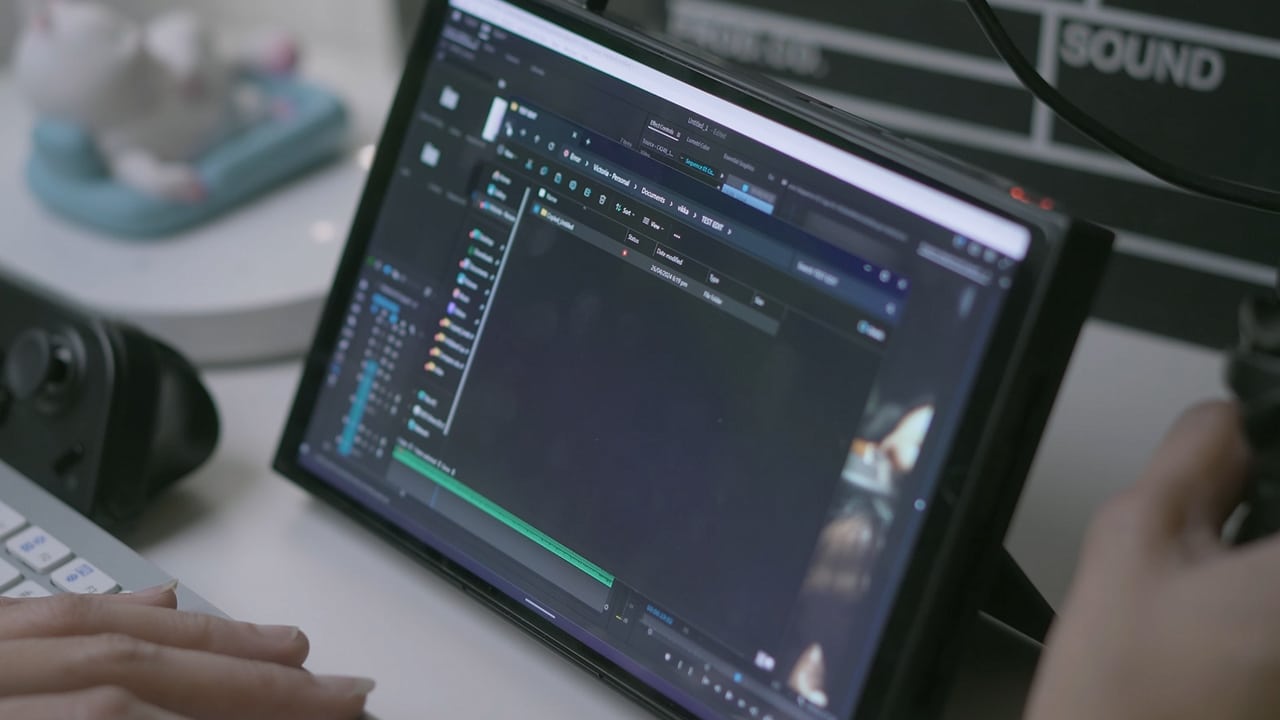
It does have its limitations, of course. Light motion graphics are doable, but introduce heavier effects like motion blur, pile on more layers, or start working on textured 3D, and it starts to struggle. Even if you push the device to its maximum settings, it seems it’s just not built for that kind of work.
Alternatively, I did read you can attach an external GPU ala ROG Flow but of course that makes the setup much less portable.
For light productivity tasks, the Lenovo Legion Go knocks it out of the park. Whether it’s scheduling social media posts, answering emails, or even managing a website, I could do it all comfortably and without compromise on the Legion Go.
But all in all, while it is powerful, it’s hard for me to recommend it as a laptop replacement because it really isn’t.
The Lenovo Legion Go, in the realm of video editing or media work, serves a very niche audience, and interestingly, I’m part of that.
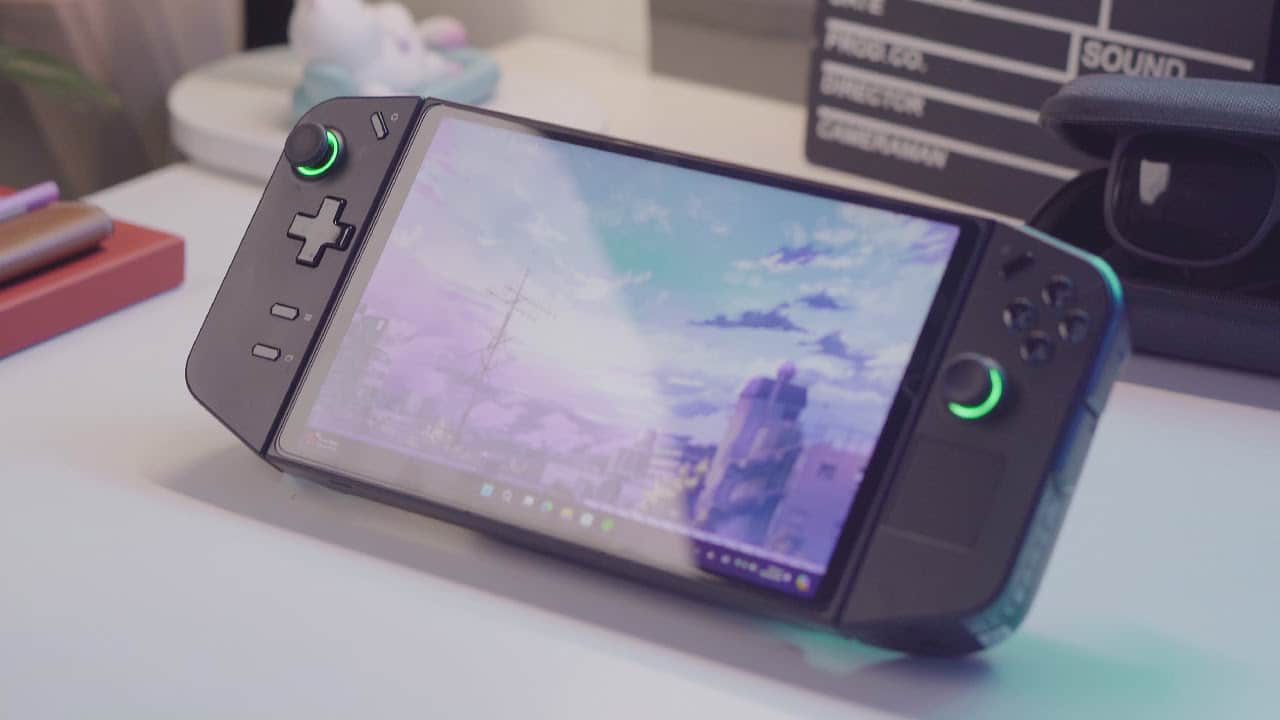
As someone who appreciates and likes to game but also puts a high priority on content creation tasks, the Legion Go becomes the perfect mashup of specs, features, and build to satisfy this need.
In all honesty, what keeps me from gaming is the fact that I have to stay in the same spot where I work and that isn’t appealing to me most of the time. The Lenovo Legion Go changed that in a way that I could work and/or game anywhere and everywhere I’d like.
And sure you can do this on other handheld consoles but the Legion Go’s display and detachable controllers give it an advantage, in my opinion, if your use case is something similar to my situation.
What needs improvement
The Lenovo Legion Go has many things that I love about it, but as a first-gen device, there’s always room for improvement.
My major concern is the battery life. It’s rather sad at just under two hours. That’s when you’re gaming or editing.
I kid you not, the moment I got the low battery warning, the Legion Go shut down about 2 minutes later all while I was still scrambling to get the charger.
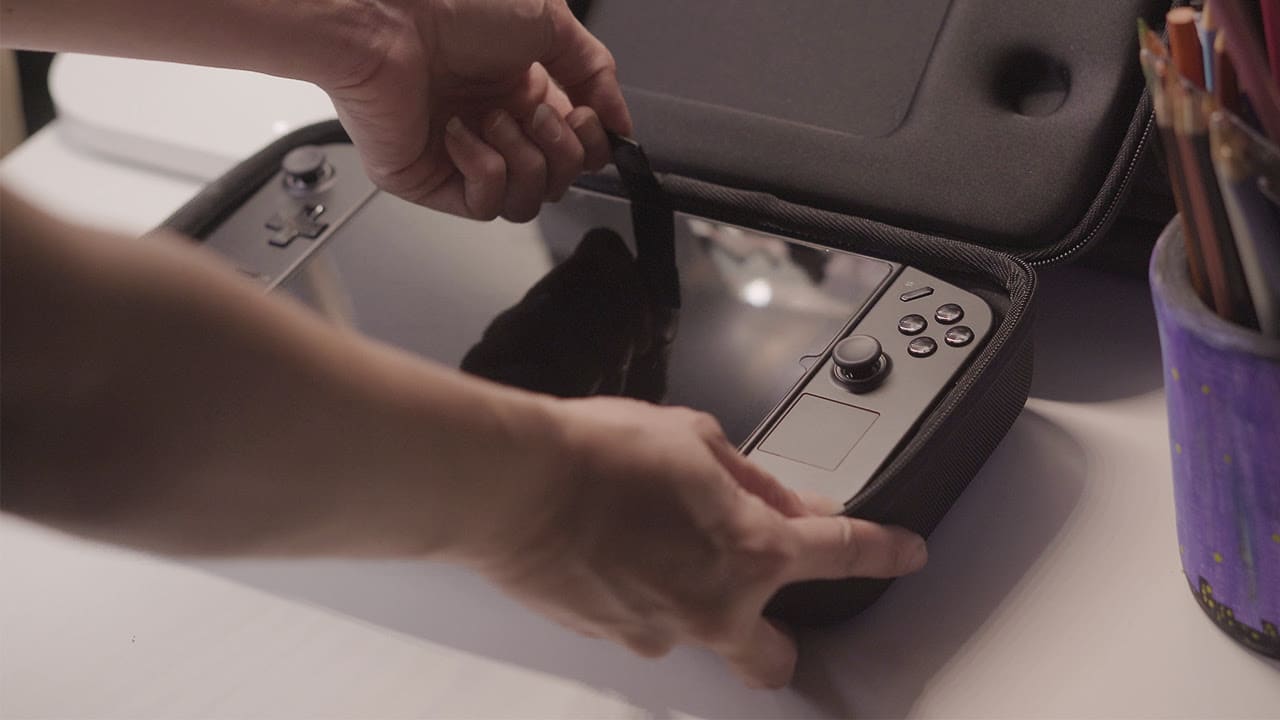
A handheld anything means you will be using it out of the house, usually for long periods, and unfortunately, the short battery life of the Lenovo Legion Go means you’ll have to keep some sort of extra power on hand.
Second, while it is a portable device, it is still bulky and heavy. I get tired of holding on to it for long (thank goodness for that kickstand) and I’ve found the best way to pack is to separate the controllers from the body so it takes up less room. If it were just a tad bit slimmer it would be much more ergonomic both to hold and to bring around.
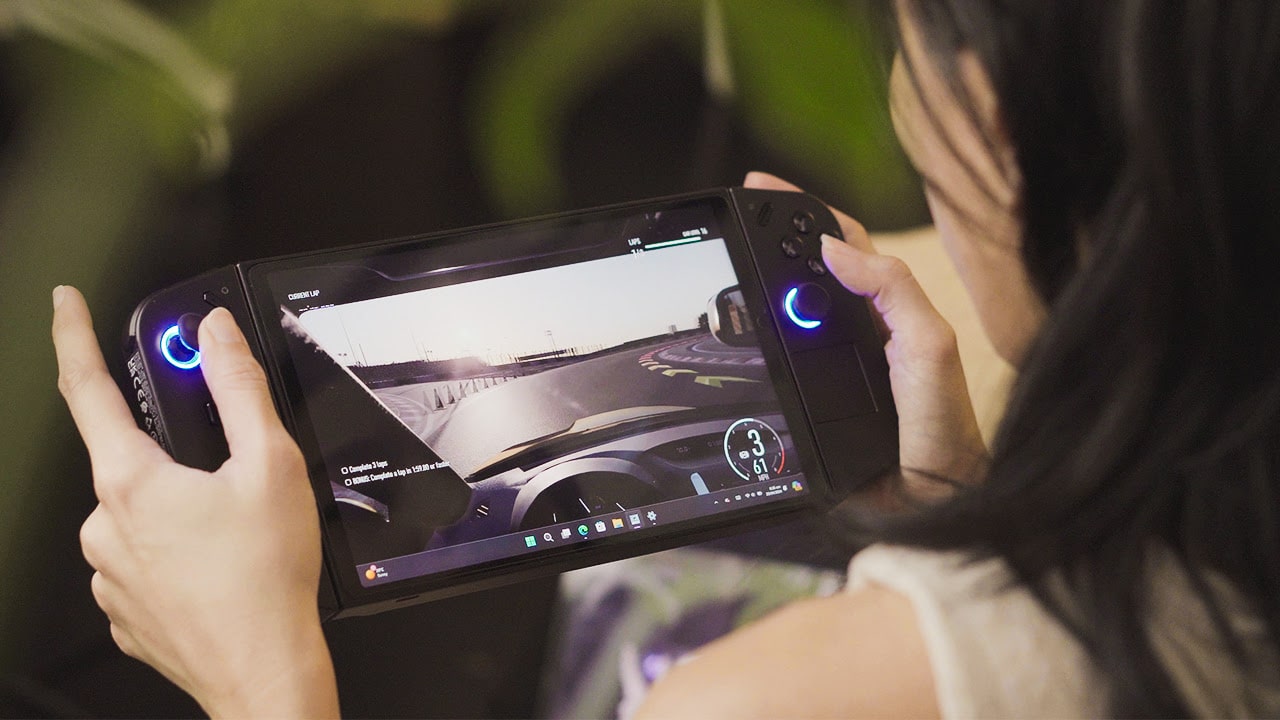
Finally, I would like to see the overall user experience improved. There are still some kinks that need to be worked out with how the software works in general. There were instances when the device would freeze/lag for no reason or when I was just about to use it and only a forced restart could fix it.
Legion Space was also something I never used because it was slow and buggy. It’s important to note as well that if you’re not familiar with PC and how to troubleshoot problems, you may have
Final thoughts
The Lenovo Legion Go is great for someone like me because I can use it effectively beyond gaming. It’s a welcome surprise, really, that a handheld gaming console was incredibly useful for both photo and video editing. Safe to say that my gaming hours did increase drastically with the Legion Go around but I find it thankfully didn’t affect my productivity at work (too much).
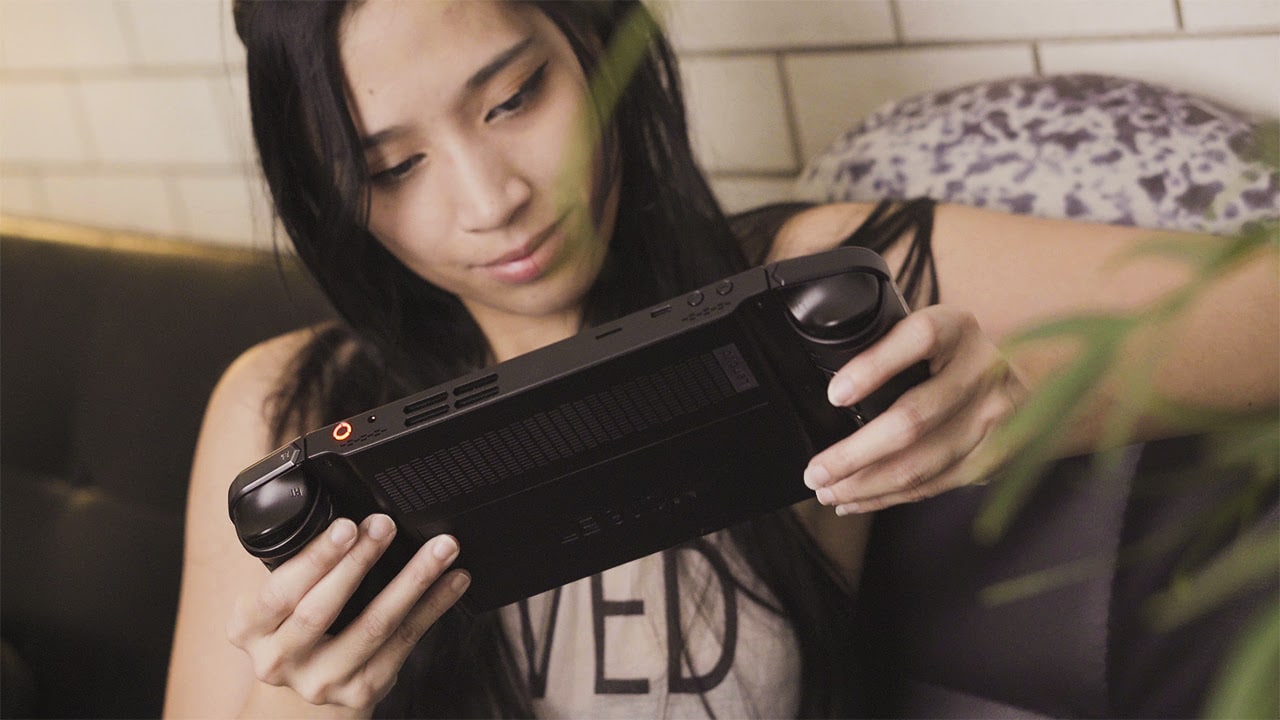
While it probably isn’t the most popular handheld gaming console, it’s definitely unique in its own way. Its build and display separate it from the rest and make it a device that’s appealing not just to gamers but to other kinds of users, like content creators, as well.

